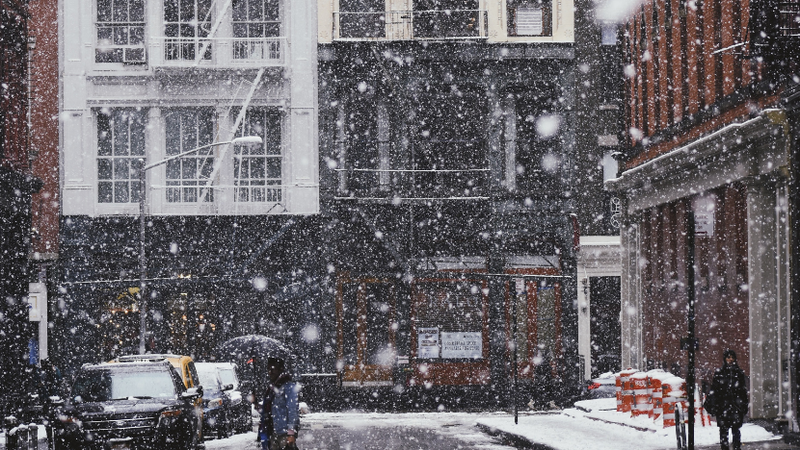New York City winters are unpredictable—ranging from mild cold snaps to heavy snowstorms and freezing rain. For commercial property owners and managers, preparing buildings for the season isn’t just about comfort; it’s about protecting assets, preventing costly damage, and ensuring business continuity for tenants. Winterization is an essential part of NYC commercial property maintenance, and taking proactive measures can save time, money, and stress when temperatures drop.
Why Winterization Matters in NYC
NYC’s dense urban environment adds extra challenges to winter property management. Ice buildup on sidewalks, frozen pipes in older buildings, and inconsistent heating systems are common issues. Without proper preparation, these problems can lead to water damage, liability risks, tenant dissatisfaction, and even city code violations. A well-maintained property reduces emergencies and creates a safer environment for everyone.
Key Winterization Tips and Best Practices
1. Inspect and Service Heating Systems
Before the first frost, schedule an HVAC inspection. Clean filters, check thermostats, and ensure boilers and furnaces are in top working condition. Heating failures during peak winter can disrupt businesses and result in emergency repair costs that are often higher than preventive maintenance.
2. Protect Pipes from Freezing
Frozen pipes are one of the most expensive and disruptive winter hazards. Insulate exposed pipes, especially in basements, parking garages, or near exterior walls. For vacant units or unused areas, maintain a minimum temperature to prevent freezing. It’s also wise to know where shut-off valves are located in case of an emergency.
3. Seal Windows, Doors, and Building Envelope
Drafts not only drive up energy bills but also strain heating systems. Conduct a building inspection to identify gaps around windows, doors, and rooflines. Weatherstripping and caulking are simple but effective ways to retain heat and improve tenant comfort.
4. Maintain Sidewalks and Entrances
In NYC, property owners are legally responsible for clearing snow and ice from sidewalks adjacent to their buildings. Have a snow removal plan in place, stock up on ice melt, and ensure maintenance staff is ready to respond quickly after a storm. Clear, slip-free walkways reduce liability risks and keep tenants and visitors safe.
5. Check Roofs and Gutters
Flat and older roofs are common in NYC and can be vulnerable to winter storms. Inspect for loose shingles, cracks, or drainage issues. Clean gutters and downspouts so melting snow doesn’t refreeze into damaging ice dams. Addressing roof issues before heavy snowfalls can prevent costly leaks and structural damage.
6. Test Emergency Systems
Winter brings an increased risk of power outages. Test backup generators, emergency lighting, and fire suppression systems to ensure they function properly. Having reliable systems in place keeps tenants safe and avoids compliance violations.
7. Communicate with Tenants
Good communication goes a long way in preventing winter emergencies. Share guidelines with tenants about reporting leaks, avoiding blocked heating vents, and keeping windows closed. A cooperative approach to building maintenance helps spot problems early.
The Bottom Line
Winterization isn’t just a seasonal checklist—it’s an investment in safety, tenant satisfaction, and long-term cost savings. By inspecting heating systems, protecting plumbing, maintaining roofs, and staying on top of snow removal, NYC property managers can keep buildings running smoothly throughout the cold months. Proactive winter maintenance ensures fewer emergencies, lower expenses, and peace of mind for both landlords and tenants.

